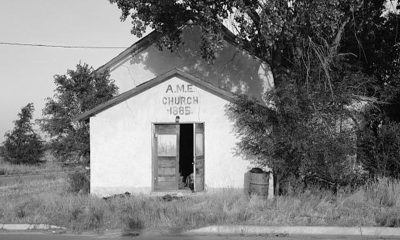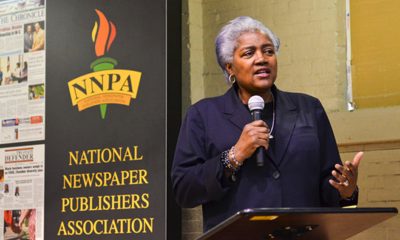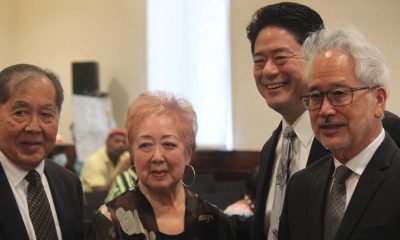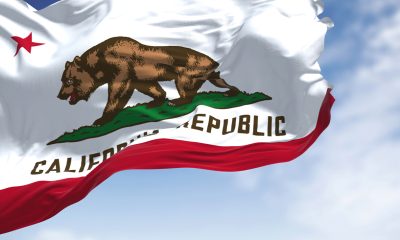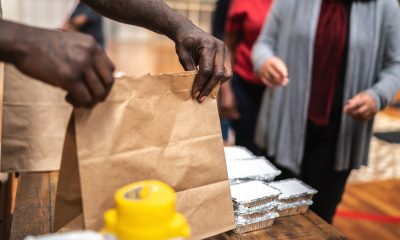National
Oklahoma’s Hope for Cashing In on Heritage Becomes a Debacle

A picture of what the interior of the unfinished American Indian Cultural Center and Museum will look like one day is on display inside the Museum in Oklahoma City, Tuesday, March 4, 2014. After nearly 10 years and $90 million spent, the states attempt to build the tourism centerpiece a Smithsonian-quality museum of native American culture — has turned into a curious spectacle on full display before hundreds of thousands of motorists who drive by it every day. (AP Photo/Sue Ogrocki, File)
SEAN MURPHY, Associated Press
OKLAHOMA CITY (AP) — Like many states, Oklahoma wants to be a tourist destination. And leaders here believe they have an ideal attraction: Oklahoma’s heritage as the U.S. Indian Territory in the 1800s and as home to 39 tribes.
But after nearly 10 years and $90 million spent, what was to be the centerpiece for a tourism magnet, a Smithsonian-quality museum of Native American culture, has become a costly debacle that had yet to lure its first visitor and is stirring sour feelings among the Indians whose traditions would be portrayed.
Strategically located at the crossroads of two major interstates, and next to Oklahoma City’s glitzy redeveloped downtown entertainment district, sits a modernistic complex of C-shaped buildings that is large enough to fit 30 football fields but only half finished and out of money.
Another $40 million is needed for the project, but the Legislature is balking at paying, in a head-on collision between the state’s tourism ambitions and its increasingly conservative, anti-spending politics.
“The state was too aggressive here and bit off more than it could chew,” said Republican Rep. Jason Murphey, one of many legislators in the GOP-controlled House who opposes more state money for the museum. “And we’re paying for that mistake, but this isn’t the time to double down.”
Even the support of the state’s Republican governor, Mary Fallin, and the state Senate and an earlier pledge of $40 million in mostly private funds haven’t broken the stalemate, which will confront the Legislature when it reconvenes next month.
In another twist, the recent swoon in oil prices may now make any appropriation harder to get, even though the price drop has underscored the need to diversify the state’s energy-dependent economy.
“Our caucus has brainstormed on some different ideas, and I don’t have an answer today about what that looks like,” said House Speaker Jeffrey Hickman.
The vision for the Indian attraction began in the 1980s when oil prices collapsed from more than $35 per barrel to below $10. Oil and gas production taxes accounted for more than one-third of the state-appropriated budget at the time.
Studies projected that a Native American cultural center could bring in up to 225,000 visitors and $190 million annually. The Legislature approved a series of bond issues to pay for it.
The museum would weave together the stories of the dozens of tribes forced by the U.S. government to move out of the path of white expansion in other regions to the remote prairies of what is now Oklahoma. The forced removals included the notorious “Trail of Tears,” in which more than 17,000 Cherokees were marched overland from their ancestral home in Georgia. An estimated 4,000 died during the trek.
About 120,000 Indians overall were resettled here before the territory itself was gradually opened to white settlers in a series of land runs beginning in the late 1880s.
Oklahoma — named after the Choctaw word for “red people” — has a story ripe for presentation to visitors, according to historians and museum experts.
“Because of the unprecedented and unequalled assemblage of Indian nations in Oklahoma, it’s a very unique story and one that is national in scope,” said Kevin Gover, director of the Smithsonian National Museum of the American Indian in Washington, D.C.
The Smithsonian has offered a major loan of artifacts from its huge Native American collection.
The museum’s ambitious design features several huge galleries, a multipurpose theater and a gathering space dubbed the Hall of the People. Towering stone walls at one entrance were built with thousands of individual stones that symbolized the tribes’ journeys to Oklahoma. The site includes a 90-foot-tall earthen mound visible for miles, inspired by the mound building Native American cultures.
But the project didn’t get the federal funds its backers expected, and the Legislature, which grew more conservative in recent elections, wouldn’t approve another bond issue.
Although the Indian history portrayed is one of struggle and loss, many Native Americans in Oklahoma welcomed the tribute and have been put off by the political fight, especially suggestions that the tribes themselves put up the needed money — beyond the $20 million they’ve already kicked in — to finish what was always a state project.
“I don’t understand why it hasn’t been completed,” said Kelly Haney, a renowned Native American artist and former chief of the Seminole Nation of Oklahoma. “I’ve never lost my faith in the fact that the cultural center will be built. I still think it will. I just don’t know how.”
___
Follow Sean Murphy at www.twitter.com/apseanmurphy
Copyright 2015 The Associated Press. All rights reserved. This material may not be published, broadcast, rewritten or redistributed.
Activism
Oakland Post: Week of April 17 – 23, 2024
The printed Weekly Edition of the Oakland Post: Week of April 17 – 23, 2024

To enlarge your view of this issue, use the slider, magnifying glass icon or full page icon in the lower right corner of the browser window. ![]()
Barbara Lee
Congresswoman Barbara Lee Issues Statement on Deaths of Humanitarian Aid Volunteers in Gaza
On April 2, a day after an Israeli airstrike erroneously killed seven employees of World Central Kitchen (WCK), a humanitarian organization delivering aid in the Gaza Strip, a statement was release by Rep. Barbara Lee (D-CA-12). “This is a devastating and avoidable tragedy. My prayers go to the families and loved ones of the selfless members of the World Central Kitchen team whose lives were lost,” said Lee.
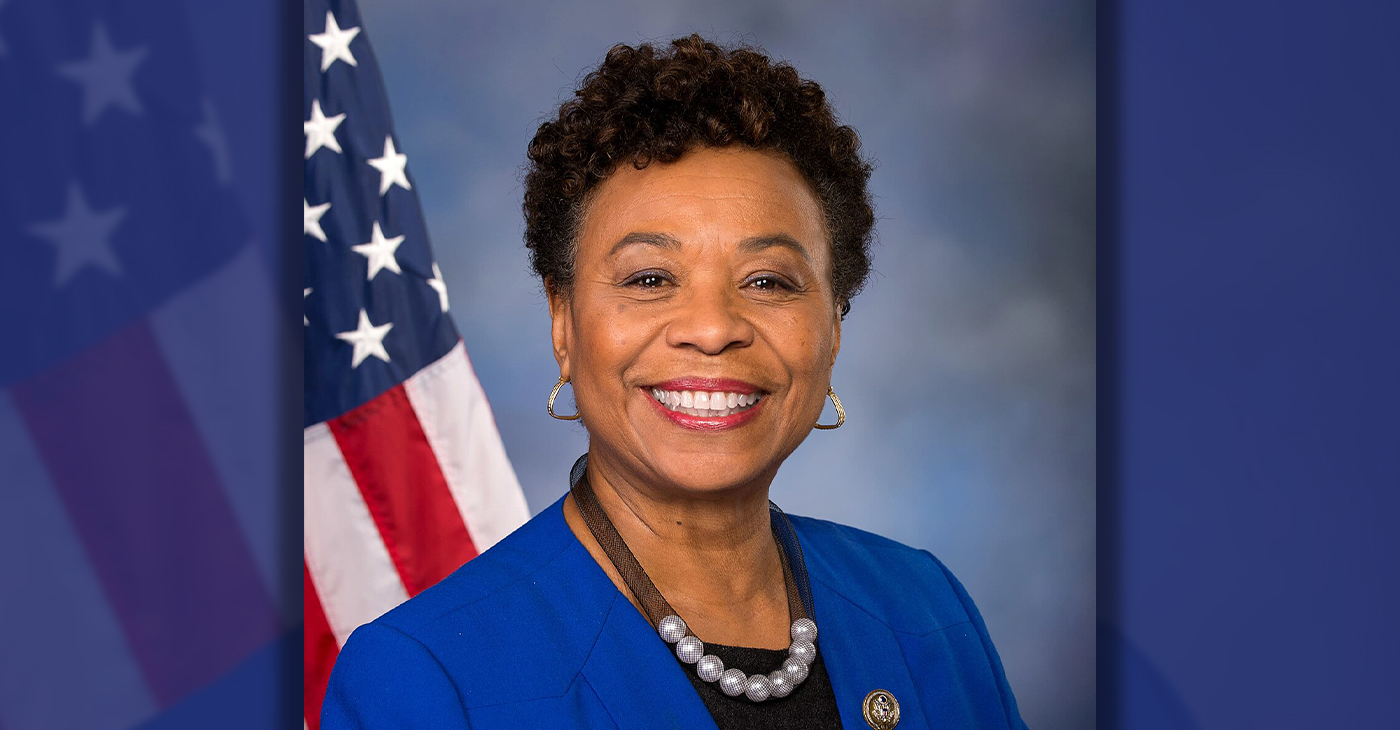
By California Black Media
On April 2, a day after an Israeli airstrike erroneously killed seven employees of World Central Kitchen (WCK), a humanitarian organization delivering aid in the Gaza Strip, a statement was release by Rep. Barbara Lee (D-CA-12).
“This is a devastating and avoidable tragedy. My prayers go to the families and loved ones of the selfless members of the World Central Kitchen team whose lives were lost,” said Lee.
The same day, it was confirmed by the organization that the humanitarian aid volunteers were killed in a strike carried out by Israel Defense Forces (IDF). Prior to the incident, members of the team had been travelling in two armored vehicles marked with the WCF logo and they had been coordinating their movements with the IDF. The group had successfully delivered 10 tons of humanitarian food in a deconflicted zone when its convoy was struck.
“This is not only an attack against WCK. This is an attack on humanitarian organizations showing up in the direst situations where food is being used as a weapon of war. This is unforgivable,” said Erin Gore, chief executive officer of World Central Kitchen.
The seven victims included a U.S. citizen as well as others from Australia, Poland, the United Kingdom, Canada, and Palestine.
Lee has been a vocal advocate for a ceasefire in Gaza and has supported actions by President Joe Biden to airdrop humanitarian aid in the area.
“Far too many civilians have lost their lives as a result of Benjamin Netanyahu’s reprehensible military offensive. The U.S. must join with our allies and demand an immediate, permanent ceasefire – it’s long overdue,” Lee said.
Commentary
Commentary: Republican Votes Are Threatening American Democracy
In many ways, it was great that the Iowa Caucuses were on the same day as Martin Luther King Jr. Day. We needed to know the blunt truth. The takeaway message after the Iowa Caucuses where Donald Trump finished more than 30 points in front of Florida Gov. De Santis and former South Carolina Governor Nikki Haley boils down to this: Our democracy is threatened, for real.
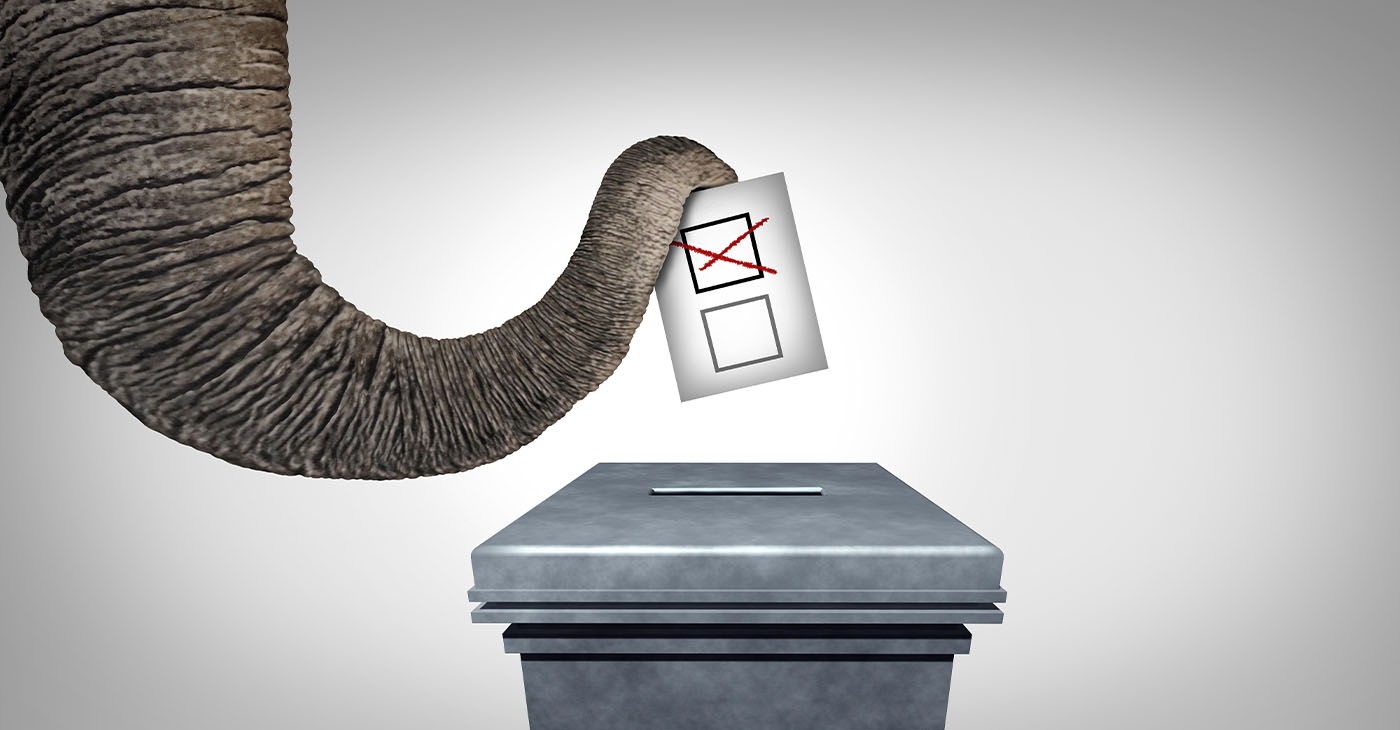
By Emil Guillermo
In many ways, it was great that the Iowa Caucuses were on the same day as Martin Luther King Jr. Day.
We needed to know the blunt truth.
The takeaway message after the Iowa Caucuses where Donald Trump finished more than 30 points in front of Florida Gov. De Santis and former South Carolina Governor Nikki Haley boils down to this: Our democracy is threatened, for real.
And to save it will require all hands on deck.
It was strange for Iowans to caucus on MLK day. It had a self-cancelling effect. The day that honored America’s civil rights and anti-discrimination hero was negated by evening.
That’s when one of the least diverse states in the nation let the world know that white Americans absolutely love Donald Trump. No ifs, ands or buts.
No man is above the law? To the majority of his supporters, it seems Trump is.
It’s an anti-democracy loyalty that has spread like a political virus.
No matter what he does, Trump’s their guy. Trump received 51% of caucus-goers votes to beat Florida Gov. Ron DeSantis, who garnered 21.2%, and former South Carolina Gov. Nikki Haley, who got 19.1%.
The Asian flash in the pan Vivek Ramaswamy finished way behind and dropped out. Perhaps to get in the VP line. Don’t count on it.
According to CNN’s entrance polls, when caucus-goers were asked if they were a part of the “MAGA movement,” nearly half — 46% — said yes. More revealing: “Do you think Biden legitimately won in 2020?”
Only 29% said “yes.”
That means an overwhelming 66% said “no,” thus showing the deep roots in Iowa of the “Big Lie,” the belief in a falsehood that Trump was a victim of election theft.
Even more revealing and posing a direct threat to our democracy was the question of whether Trump was fit for the presidency, even if convicted of a crime.
Sixty-five percent said “yes.”
Who says that about anyone of color indicted on 91 criminal felony counts?
Would a BIPOC executive found liable for business fraud in civil court be given a pass?
How about a BIPOC person found liable for sexual assault?
Iowans have debased the phrase, “no man is above the law.” It’s a mindset that would vote in an American dictatorship.
Compare Iowa with voters in Asia last weekend. Taiwan rejected threats from authoritarian Beijing and elected pro-democracy Taiwanese vice president Lai Ching-te as its new president.
Meanwhile, in our country, which supposedly knows a thing or two about democracy, the Iowa caucuses show how Americans feel about authoritarianism.
Some Americans actually like it even more than the Constitution allows.
About the Author
Emil Guillermo is a journalist and commentator. He does a mini-talk show on YouTube.com/@emilamok1.
-

 Activism4 weeks ago
Activism4 weeks agoOakland Post: Week of March 20 – 26, 2024
-

 #NNPA BlackPress3 weeks ago
#NNPA BlackPress3 weeks agoCOMMENTARY: D.C. Crime Bill Fails to Address Root Causes of Violence and Incarceration
-

 #NNPA BlackPress3 weeks ago
#NNPA BlackPress3 weeks agoMayor, City Council President React to May 31 Closing of Birmingham-Southern College
-

 #NNPA BlackPress4 weeks ago
#NNPA BlackPress4 weeks agoFrom Raids to Revelations: The Dark Turn in Sean ‘Diddy’ Combs’ Saga
-

 #NNPA BlackPress4 weeks ago
#NNPA BlackPress4 weeks agoCOMMENTARY: Lady Day and The Lights!
-

 Activism3 weeks ago
Activism3 weeks agoOakland Post: Week of March 27 – April 2, 2024
-

 #NNPA BlackPress4 weeks ago
#NNPA BlackPress4 weeks agoBaltimore Key Bridge Catastrophe: A City’s Heartbreak and a Nation’s Alarm
-

 #NNPA BlackPress4 weeks ago
#NNPA BlackPress4 weeks agoBaltimore’s Key Bridge Struck by Ship, Collapses into Water



